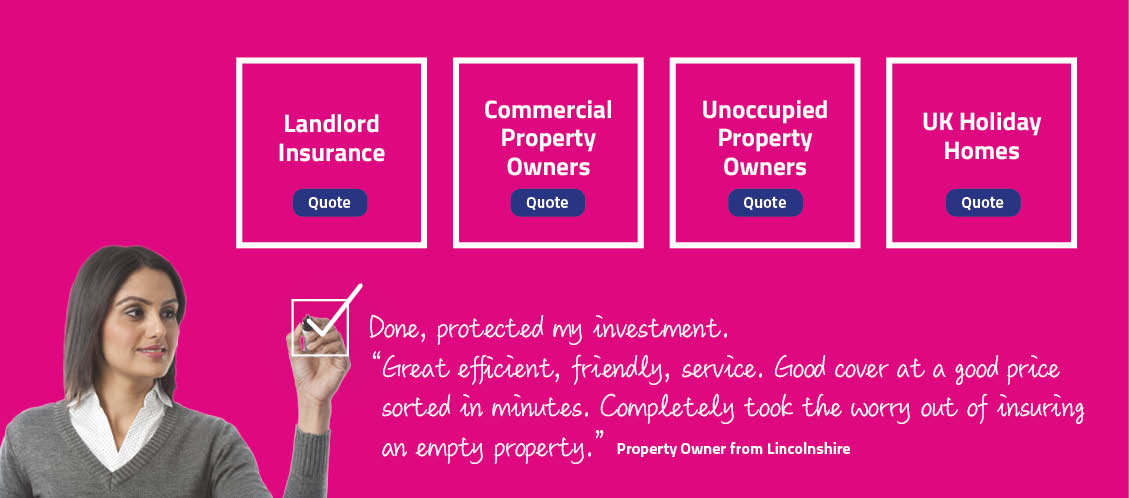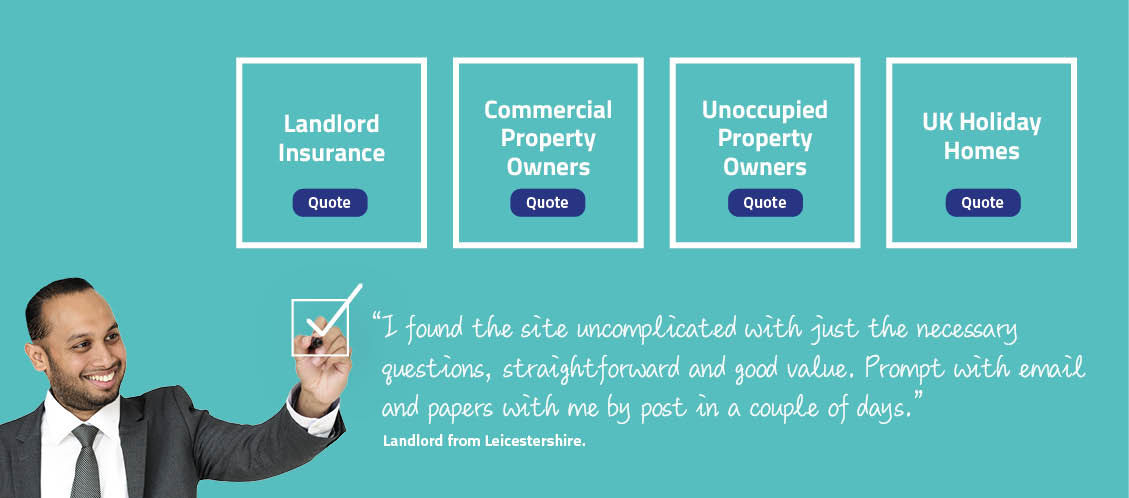Updated March 2023
Introduction
For all the past optimism in buying to let, property investors may feel discouraged. Changes to legislation in recent years, for example, has affected (negatively) the profits for landlords. Success in the buy to let market has involved considerable hard work and effort on the part of landlords. The recent changes in the rules of the game now present landlords with a steeper hill to climb in search of profits from their buy to let business.
In other words, the key factors that have always driven profitability in buy to let businesses have been thrown into even sharper focus. If you want your business to succeed, therefore, you have to understand your rental market, maximise income from the rents you can charge and minimise the costs involved in running your business.
This brief guide is therefore designed to help you meet some of the challenges ahead by looking at the following key factors:
- expanding your market;
- maximising your income; and
- managing your outgoings.
At the end of the day, there are no sure-fire winners in any kind of business endeavour, including buy to let. By focusing on the key factors determining profitability, however, you may have a greater chance of your business succeeding.
Expand your market
Key to any kind of business success is a keen understanding of the market you are in. In the case of buying to let, of course, this means understanding your target market of potential tenants.
There are many questions you might ask to help increase that understanding of potential tenants: Who are they? What do they want in their rented accommodation? How much are they prepared to pay in rent? Where are the tenants likely to help you cut the cost of repairs and maintenance by paying their rent on time and treating the property with the respect it deserves? Can you cut the cost of expensive voids – when the property is empty – by retaining tenants for longer?
Let’s look at some of these questions in a little more detail.
Who are your tenants?
- the kind of tenant you attract is, of course, likely to be determined by the kind of property you are offering them to rent;
- are they likely to be professional people, those in full-time employment, students, benefits claimants, or asylum seekers;
- what do local estate agents and letting agents have to say about the type of people coming to them in search of rented accommodation – where are you likely to encounter the greatest demand;
- in some parts of the country, for instance, property prices generally may have driven many prospective tenants to consider renting smaller properties and possibly sharing essential facilities (such as a kitchen and bathroom) with others in order to pay a lower rent – if this is the case in your area, you might want to think about converting your property into bedsits or a House in Multiple Occupation (HMO);
- in any event, you might want to give careful thought to how your property is currently divided and whether any alterations might increase the number of dwelling units or the floor area each one offers. Note the need for specialist landlord HMO insurance too, in cases such as this; and depending on where the property is, you may need to apply for an HMO Licence;
- the type of tenant may influence your decision about the quality and standard of the property itself, together with its fixtures, fittings, furniture, and appliances;
- bear in mind, though, that tenants across the whole spectrum are likely to have increasing expectations and aspirations of the comforts and convenience they receive in return for the rent they pay;
What do they want?
- it might be relatively easy, straightforward, and cheap to make alterations capable of making all the difference;
- as just one example, parking may be a priority for some tenants – so if the front garden of your property can take it, you might want to convert it into a parking space. Do bear in mind that gardens are in high demand since the pandemic, so any outdoor spaces should be maximised too;
- bear in mind, too, that the recent succession of pandemic lockdowns has changed the priorities for many tenants – for example, proximity to the workplace is likely to less important when so many people continue to work from home;
- following on from the point above, some tenants may want extra space to create a home office;
- traditionally, many landlords have banned pets from their let property. On the 28th of January 2021, the government announced the publication of a new model tenancy agreement that landlords might choose to use, and which makes it easier for tenants with well-behaved pets to secure the tenancies they need;
Rent
- tenants are of course keen to pay as low a rent as possible for the accommodation they receive – as the landlord in search of maximising profitability, though, you want to make sure you are charging as much as the market is going to bear;
- that is the crucial determining factor of course – establishing just what rent the market is going to bear for your particular sort of property in the area in which it is located;
- to home in on this, ask estate agents and letting agents about current levels of rent and compare these with the type and standard of accommodation provided;
- of course, you want to maximise your rental returns, but there is no point in asking for such an unreasonably high rent that you find no tenants;
Finding and retaining tenants
- finding the most suitable tenants for your property is designed to target those likely to pay their rent on time and to treat the accommodation reasonably and carefully;
- these are important considerations for maximising rental income and reducing the cost of repairs and maintenance necessary because of irresponsible tenants or even those who have caused malicious damage;
- it might be worth employing a local letting agent to help you find the appropriate tenants, make background and credit checks on them, draw up tenancy agreements and inventories and generally manage the course of any tenancy. (For more information, please read our Guide to choosing a letting agent).
Income
As the owner of buy to let property, your income stream for the business comes via the rent you charge your tenants.
Making sure that you keep this income stream at an optimum level is critical to the success of your business – although, it has already been mentioned that the level of rent still needs to reflect a reasonable rent at current market prices.
In fact, the rental income that the market might bear is something already likely to have been considered when applying for your buy to let mortgage. The government-backed website Money Helper suggests that mortgage lenders typically expect the rents you charge to be 25–30% higher than your mortgage payment.
Maximising income
Taking steps to maximise your rental income:
- when you are in business, with the mortgage to pay, maintaining rental income becomes even more important, so make sure to keep it under more or less constant review;
- this is likely to mean keeping an eye on online listings of property for rent in your area, whatever estate agents and letting agents have on their books at any given time, and making sure to share your experiences and ask landlords of similar properties in your area about current rental levels;
- you are also able to stay abreast of general movements in rent levels across the whole private rented sector by reading press stories and the news releases from spokesmen for landlords’ interests – such as the recently re-branded National Residential Landlords’ Association (NRLA);
- are you making the most of your property in terms of the rents it might command;
- have you made optimum use of the space available, or is it worth investing in further alterations and modifications to increase the number of dwelling units available or to upgrade the overall standard of accommodation to attract a more affluent type of tenant – this kind of investment calls for a fine balance of course between the cost of any alterations and the expected increase in rent achieved;
- does the property have any unused space that might also be let out – room for a parking space might be especially valuable, for instance, and reasonably cheap to provide;
- in order to keep track of both the income your let property is generating and what it is costing you in overheads to run it, consider formulating a formal business plan, which you may use to monitor progress and to make whatever adjustments may be necessary.
Managing your outgoings
Just as important as the rental income you achieve is what it costs you to maintain and, if at all possible, improve that source of income.
The principal items of expenditure for the typical landlord are going to be the cost of mortgage repayments, landlord’s insurance, letting agency fees and repairs and maintenance.
Mortgage repayments
Buy to let mortgages are advanced for the specific purpose of buying a property to let. They are typically interest-only mortgages.
As with any type of mortgage, the borrowing is generally intended to be repaid over many years. Although a mortgage is a long-term commitment, however, the mortgage market itself is very fluid. Thus, mortgage terms and the interest rate you received when you first took out the mortgage may be quite different to current ones and there may be more suitable mortgages, with more suitable repayment terms, now on offer from other lenders.
This means that you may need to keep your mortgage under constant review, checking out the market for more competitive deals elsewhere and being prepared to remortgage the property if necessary. Any decision to remortgage, of course, also needs to consider any fee charged by your existing lender for early repayment.
Landlord insurance
Another of the important heads of expenditure for landlords is insurance – for the defence of both the physical structure and fabric of the property and its contents but also the protection of the business against liability claims and other losses.
Landlords insurance is a specialist form of protection and, to ensure that you arrange appropriate insurance at a competitive price, you might want to consult a specialist broker, such as ourselves here at Cover4LetProperty.
The amount of cover you buy of course needs to reflect the size of the risks faced by your buy to let business …
- the building itself needs sufficient cover and a total sum insured to reflect the cost of completely clearing the site and rebuilding the property in the case of its total loss – through fire or a serious impact by a vehicle or falling tree, for example;
- if any of the contents of the let property are owned by you, these also need to be covered against loss or damage – including the risk of malicious damage by one of your tenants or their visitors;
- if there are times when the property is empty – for refurbishment or in the event of longer than usual voids in tenancies – you also need to ensure that there is unoccupied property insurance continuing to protect your investment;
- landlords’ liability insurance is also essential to the protection of your business against claims from tenants, their visitors, neighbours, or members of the public who suffer an injury or have their property damaged and hold you responsible as the landlord or property owner. Since claims like this may involve very considerable sums, it is usual to arrange indemnity of at least £2 million;
Finally, since your business relies on maintaining a steady flow of rental income, landlord insurance policies can typically include provision for your compensation for lost rental income, if some major insured event makes the property temporarily unhabitable.
Letting agents
Many landlords employ the services of letting agents – either to deal just with all tenancy matters or also to include the management of repairs and maintenance.
Although this is a role you may take upon yourself, you may need to weigh up carefully the amount you spend in letting agency fees against the benefits of fewer voids, the advertising of your property, finding tenants, checking their background and credit standing, drawing up tenancy agreements and conducting inventories.
Where you decide that letting agents may have a worthwhile function in helping to manage your buy to let business, make sure to keep under review what it is costing you in fees and just what service you get in return for your money.
Repairs and maintenance
As the landlord, you have a responsibility – and an interest in – maintaining the property in a good state of repair. Indeed, the building insurance element of your landlord insurance policy demands that it is kept in a good state of repair.
Although there is likely to be little doubt about your responsibility for maintaining the outside of the building, when it comes to internal repairs and maintenance you may have somewhat greater flexibility when it comes to sharing responsibility with the tenants themselves.
Even minor repairs may prove expensive, and you may avoid some of the most trivial by agreeing that such items as blocked sinks or light bulbs that need replacing are the responsibility of the tenants. Whatever the division of responsibilities, of course, these need to be spelt out in detail in the tenancy agreement.
Summary
Of course, no one can guarantee the success of any business venture – and this goes as much for buying to let as any other.
At a time when market conditions for landlords are under pressure from several sources – and even given the current strength of demand for rental accommodation – it is as important than ever that you maximise the potential of your buy to let property.
This means understanding and exploiting to the full whatever lettings market you are in – or may expand into – maximising rental returns on your property, and minimising expenditure.







